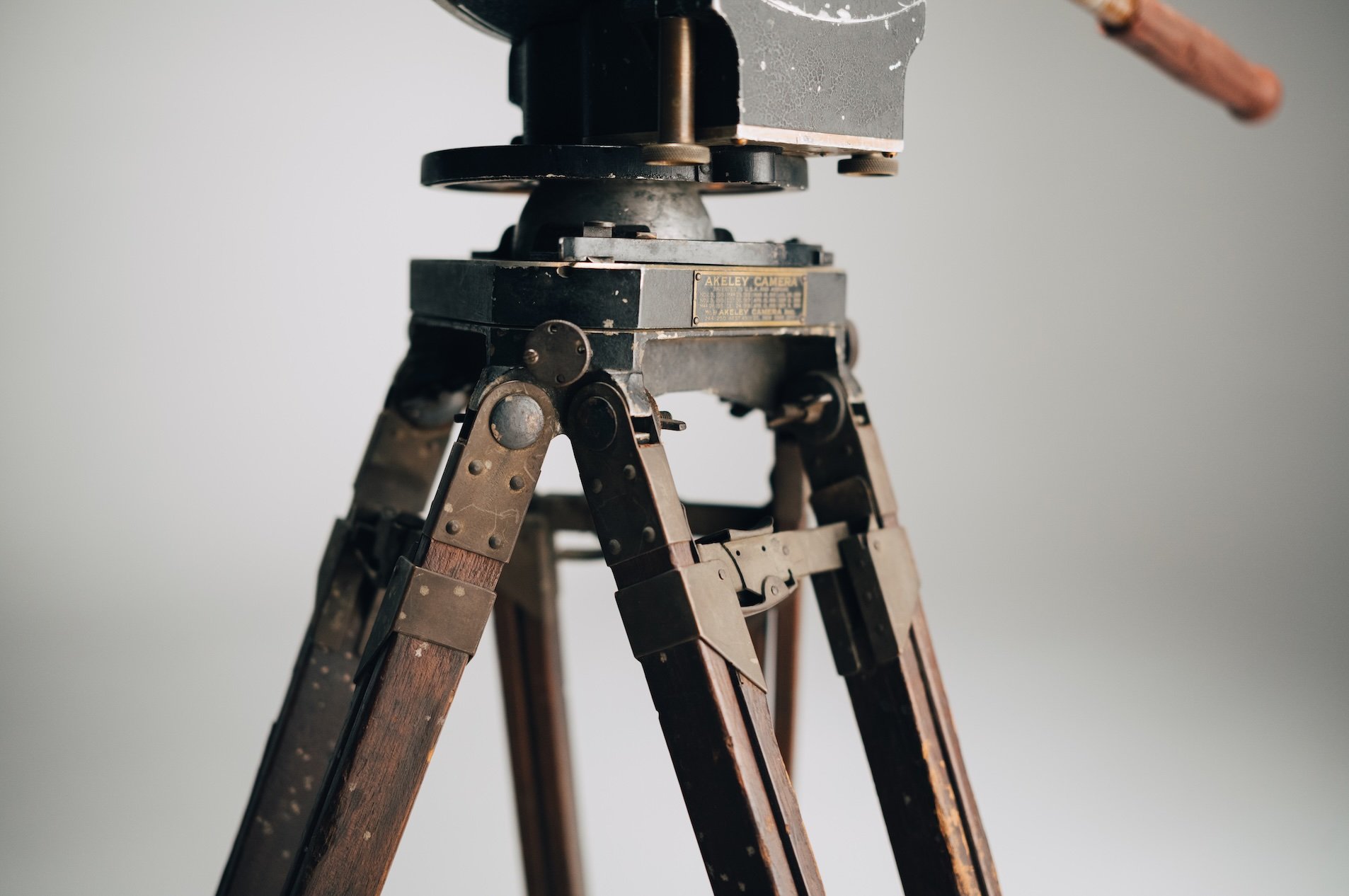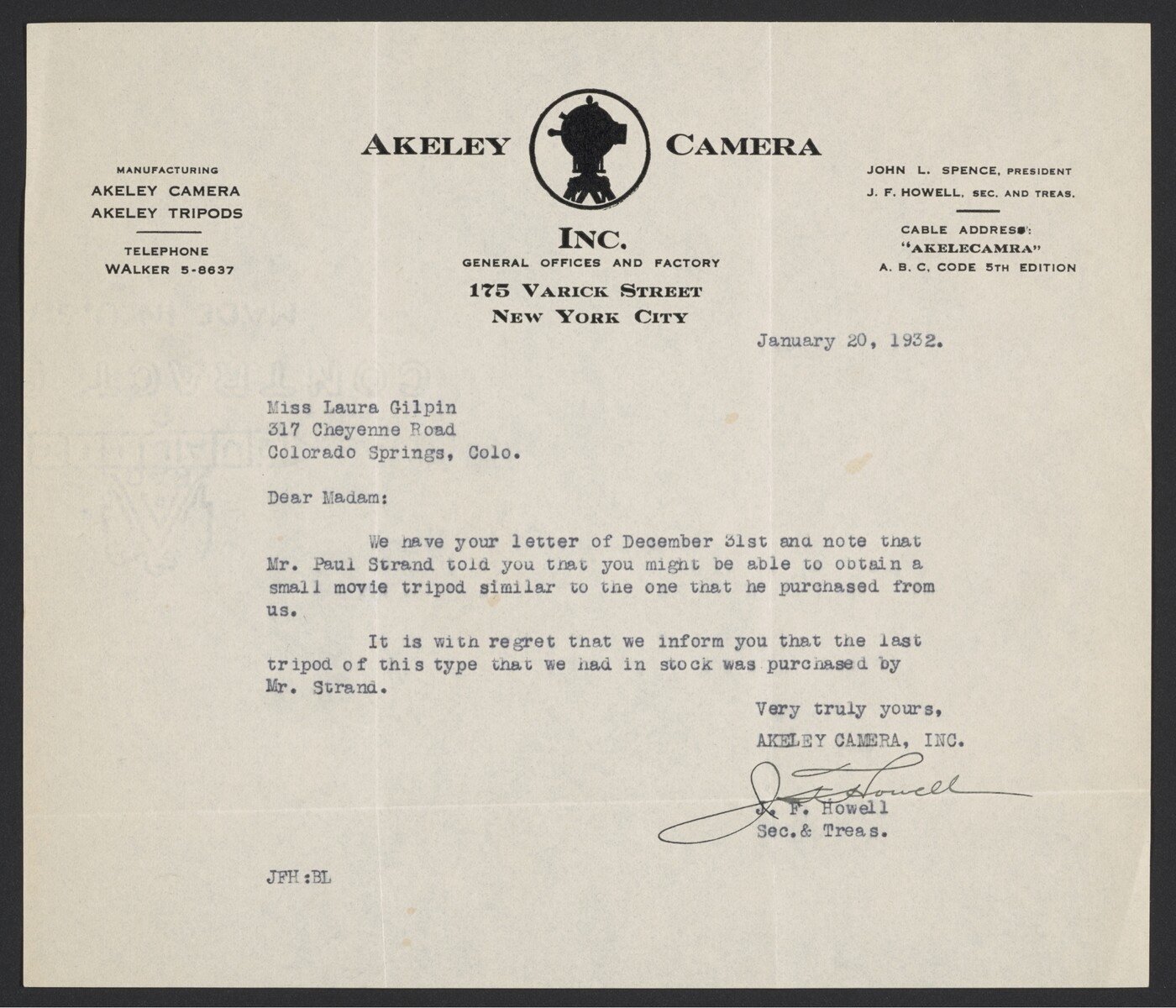Akeley Tripod and Panoramic Gyro Head
The first examples of Akeley’s Tripods were a work of art.
Carl E. Akeley Tripod and Head
Designed exclusively for use with an Akeley Pancake Camera, this unique invention by Carl E. Akeley was advanced for the period. The entire unit was a radical departure from the standard heads of the day. Its gyroscopic movements for both the pan and tilt allowed for very smooth motion following fast action.
The tripod was light weight, weighing under 12lbs and it collapsed to under 39” long, making it an ideal travel set, a requirement of Akeley and his adventures in the jungles of Africa. The tripod and head are a complete set as they are designed to work exclusively with each other.
This example is Akeley's earliest design, stamped No. 17 and manufactured around 1916 . Its manufacture would continue into the mid-to-late 1920's with slight modifications until Akeley's Universal Gyro Tripod replaced it in 1929.
c1916 Akeley Tripod and Ball and Socket quick leveling Head and Tripod. No. 17
Paul Strand had the 2nd version of the Akeley tripod with rotary grips.
The advanced head had gyroscopic movements for both the pan and tilt, and it incorporated a ball and socket design that allowed for extremely fast leveling of the camera in the field.
“...so why not, for starters, put the whole camera itself on a better hinge? A universal contraption. Like the eye itself. The best inventions, it seemed, depended on a superior hinge. He began looking into different types of gyroscopic joints, and to design a type of ball-and-socket mount that could fit into the tripod head itself.”
Akeley, in his price list referred to it as a "Panoramic Arm with pan control mechanism", ‘Tilting Arm with tilt control mechanism" and "Ball and socket with quick leveling unit and base" as he sought a system that was versatile for a single operator in remote locations, especially for shooting wildlife.
Akeley’s Ball and Socket Mount
Pretty standard today, Akeley’s ball and socket mount was unique at the time. The upper portion of the head was equipped with a bubble level to aid rapid leveling. This design allowed the camera to be adjusted to 0 degrees horizontal, regardless of the position or the extension of the tripod's legs or the terrain the operator was shooting from.
Akeley Ball and Socket Head with Quick Leveling Unit.
Early Patents
Patent No. 1,244,682 filed on April 22, 1916 illustrated the design for the original tripod, which was later modified. This original tripod design is rarely found today and it is estimated that it was modified shortly after its introduction as only a handful of examples are known today.
Patent Nos. 1,288,461 filed December 14, 1917 and 1,300,805 filed May 8, 1916 covered the design for the camera's tilting head, the tripod's ball-mount adjustment feature and the rapid clamping mechanism.
The Akeley Gyro head had the ability to shift gears in the pan and tilt movement with just the push of a button. The pan and tilt are gears spinning a gyro flywheel. These made incredibly smooth pans and tilts and were done by just putting pressure on the handle on the back of the camera.
Simply press the button to change gearing for pan or tilt.
All other heads of the day had separate cranks for both the pan and the tilt. In order to follow action a cameraman had to operate three cranks simultaniously, one each to pan and tilt and the third hand to crank the camera. The Akeley head changed this and was one of the reasons for the cameras success. The Akeley’s Gyro flywheel allowed for extremely smooth pans that were able to track any fast moving subject with ease.
“In the “Race of the Age”, the picture taken of Man-o’-War in his great race, we worked on the following basis and photographed this wonderful horse with two cameras, one with a 6½” lens and one with a 12” lens, throughout his entire race from start to finish without a break, and kept him in the centre of the screen at all times.”
Instructions for the Operation and Care of The Akeley Camera
“Did they know that after the newsreel boys had gone and filmed Man o’ War at the the Kentucky Derby- the first “civilian” use of the Akeley- that audiences were convinced, absolutely dead certain, the camera had been attached to an automobile speeding around the track or somehow attached to an airplane? Of course it was two operators with Akeleys stationed on either side of the track.”
Akeley Tripod Variations
Akeley Original Tripod- No. 17Akeley 2nd Variation- No. 216Akeley 3rd Variation- Unmarked
The tripods original patented “Quick Acting Locks” for extending the legs were enabled by releasing the catch at the bottom of the lock and pushing the top plate downward. This action released the pressure on the wood legs allowing for easy height adjustment. Pushing the lock mechanism back up applied pressure to the two sets of interlocking legs and locked them at the desired height. Although an ingenious mechanism that looked like a piece of hand crafted art, it was a bit cumbersome to operate and added considerably to production costs.
OG Akeley “Quick Acting” locks
The original quick acting locks were hand assembled and beautifully done.
Akeley addressed this over the years with several modifications to the tripod. On the second variation they replaced the locking mechanism with an aluminum hand grip on each leg, it was unlocked by spinning the grip to loosen the tension on the legs. The legs were also slightly taller and allowed the spikes at the end of the feet to be fully retracted.
Finally, the 3rd variation used larger diameter bakelite handles that were unlocked by a simple one-third turn of the grip in the center of each leg. This variation retained the extra height but used a heaver round cut oak with new stainless steel hardware.
“This locking unit not only functions as a means of holding the legs firmly in any position, but also furnishes a means of rapidly extending the legs and more important, functions as a ridged brace or truss between the opposing leg members which greatly adds to the rigidity inherent in the design.”
The first version of the tripod was likely only made for a very short period as they are rarely found today. The example here is stamped No. 17 on the base.
Akeley Tripod and Head with unique quick release feature.
The tripod and head had several additional unique features including a quick release system that allowed the operator to rapidly move the head to another rig. The tripods top plate accommodated the heads three pins [No. 2 in patent drawings] and included locking knobs on the outer edge of top plate for securing the head to the tripod or an optional plate for rigging.
Elmer G. Dyer, A. S. C. - Aerial Cinematographer/Akeley Specialist
This advanced feature allowed the operator to quickly remove the camera and its gyro head from the tripod and move it to an automobile or airplane wing and quickly continue shooting. This is one of many features that made the Akeley Pancake a top choice as a specialty action camera. The Akeley system was particularly proficient in shooting aerials and it became the go-to aerial system.
“While on the picture Wings, he personally supervised over 200 motor-driven cameras on airplanes, working out the exposures and filters used on each shot before it went into the air...”
William A. Wellman’s Oscar-winning film Wings (1927) was among the first to showcase substantial aerial action cinematography. One of the lead cinematographers, Harry Perry, personally supervised more than 200 cameras, many of which were Akeley models.
Akeley cameras were so immensely popular during their time that they were used for almost all the action shots in various film productions. An Akeley operator was capable of following fast action better than with any other model camera available at that time. From the thrilling chariot races of "Ben Hur" to the intense combat aerials and fast-moving Westerns, there seemed to be no limit to their versatility. In any shot where the camera needed to follow action quickly, the Akeley was consistently the first choice among filmmakers looking for reliable performance.
The Akeley is superior because it is the only camera that:
Has quickest adjusting tripod.
Has lightest tripod.
Has quickest removable tripod legs.
Has absolute rigid tripod.
Has diagonal pan.
Has vertical tilt, quick shift.
Has controlled tilt and pan.
Has ball and socket quick leveling head.
Can pan on horizontal plane with tripod head unleveled.
Has the quickest set-up.
Has 140 degree range of tilt.
*The Akeley Camera. The Camera of Superior Accomplishment.
Akeley Promotional Images
first version of Akeley Tripod and Head
The versatility of the head is demonstrated
Camera rigging techniques that are widely regarded as standard practice today were being discovered, developed, and adapted during the early 1900s. This period marked a significant evolution in the way filmmakers approached the art of capturing moving images, laying the groundwork for modern cinematography.
Early version of todays Hi-Hat
Akeley Pancake Tripod- Photo Gallery
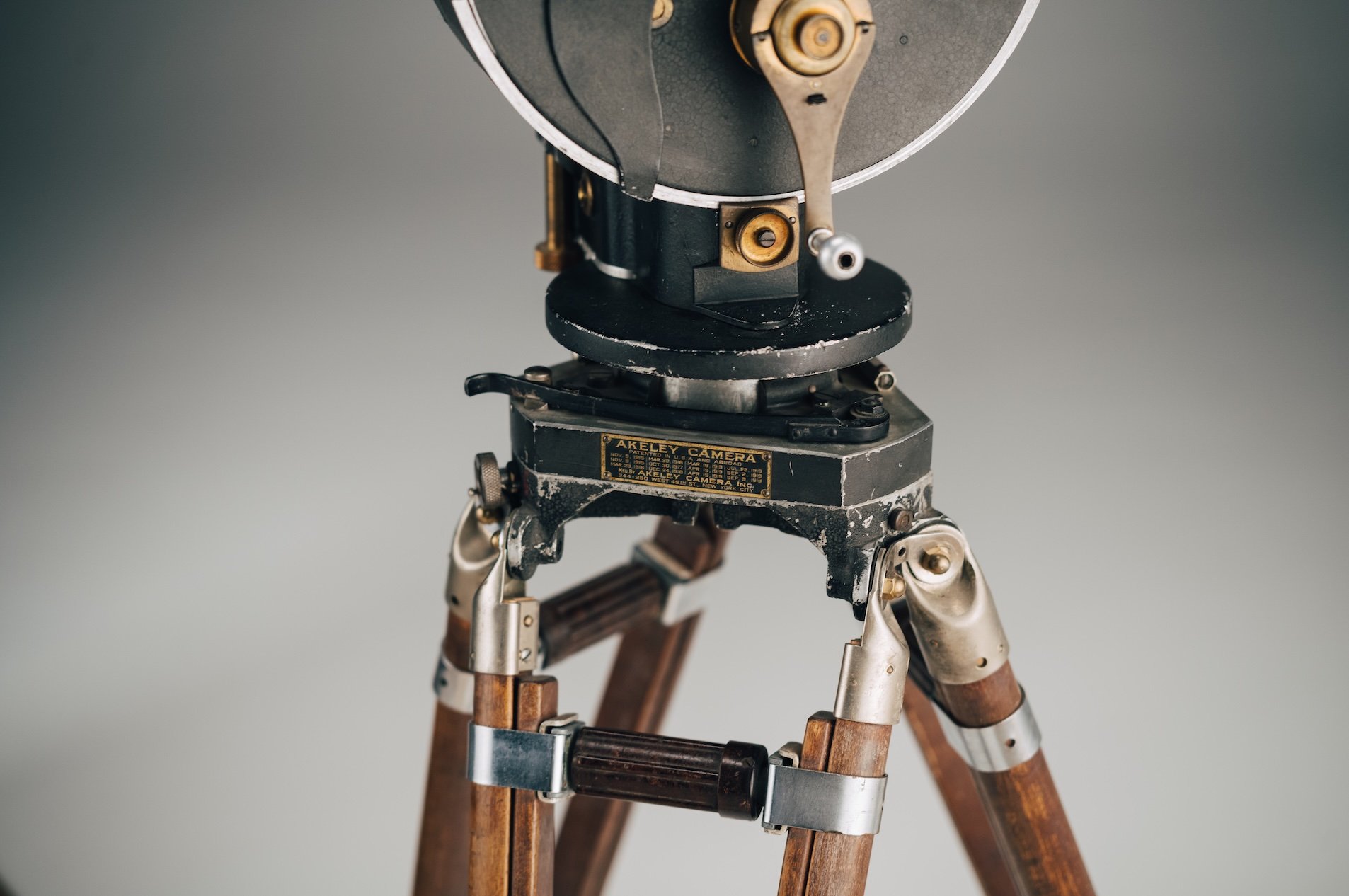
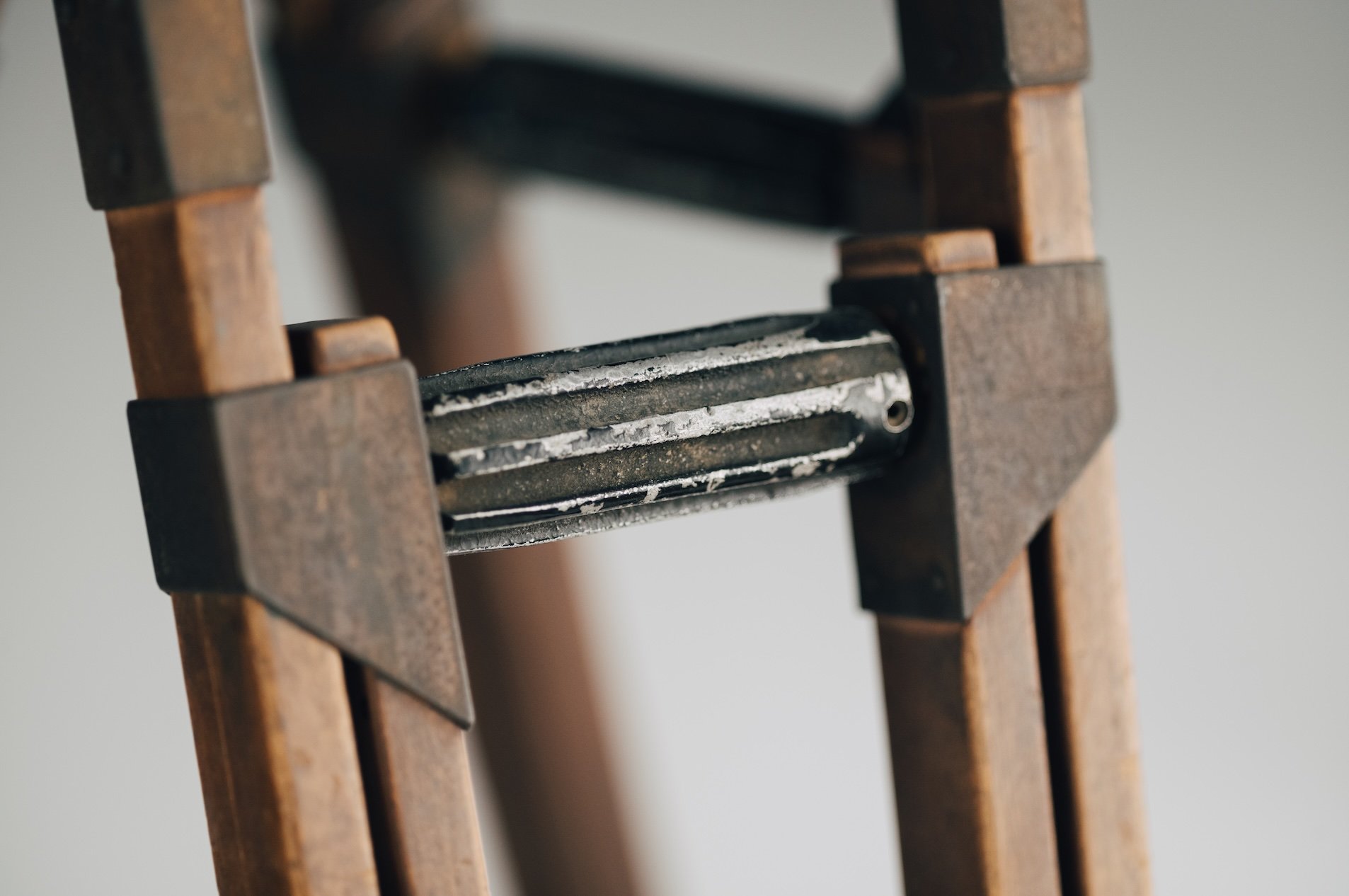
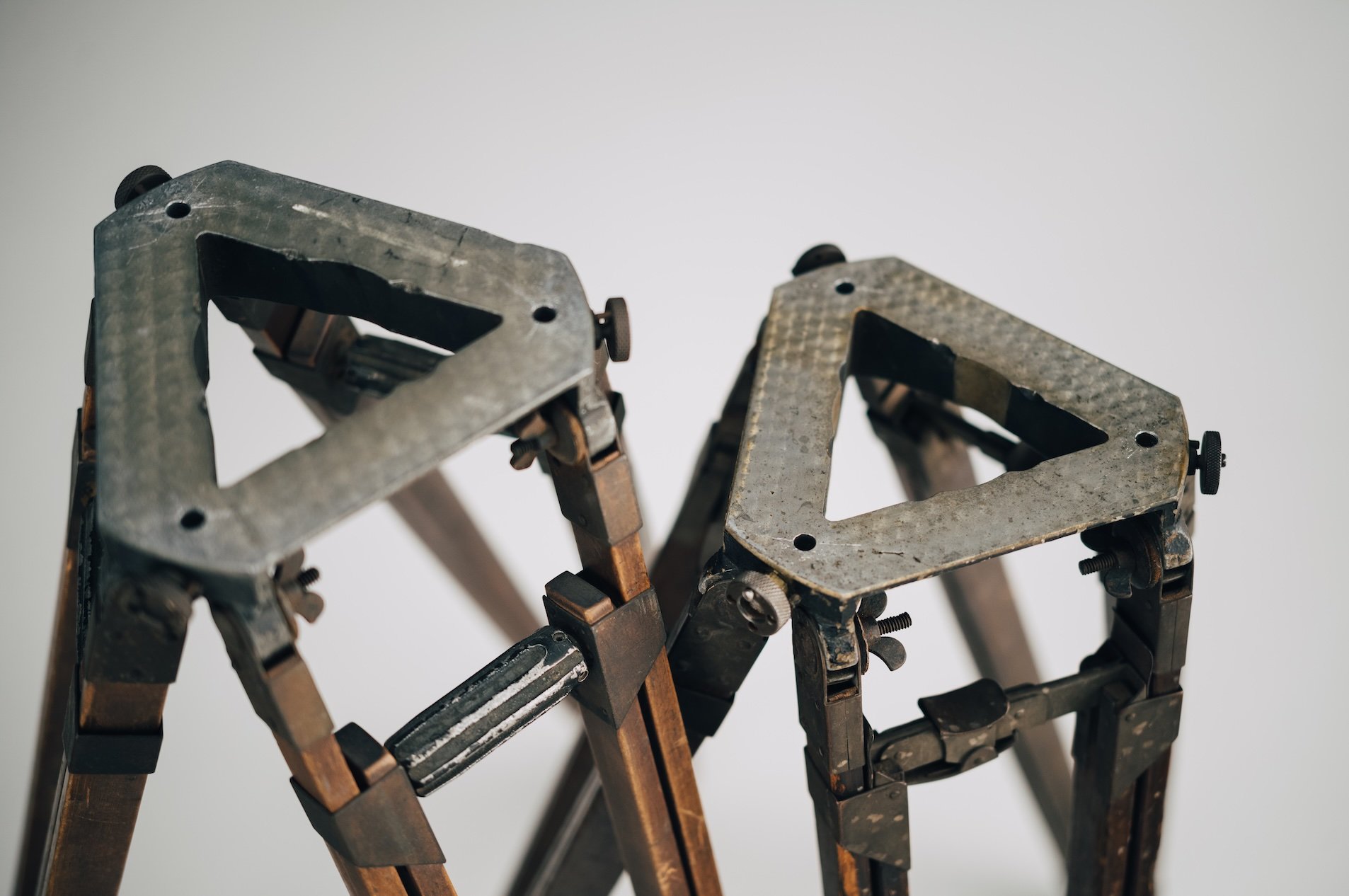
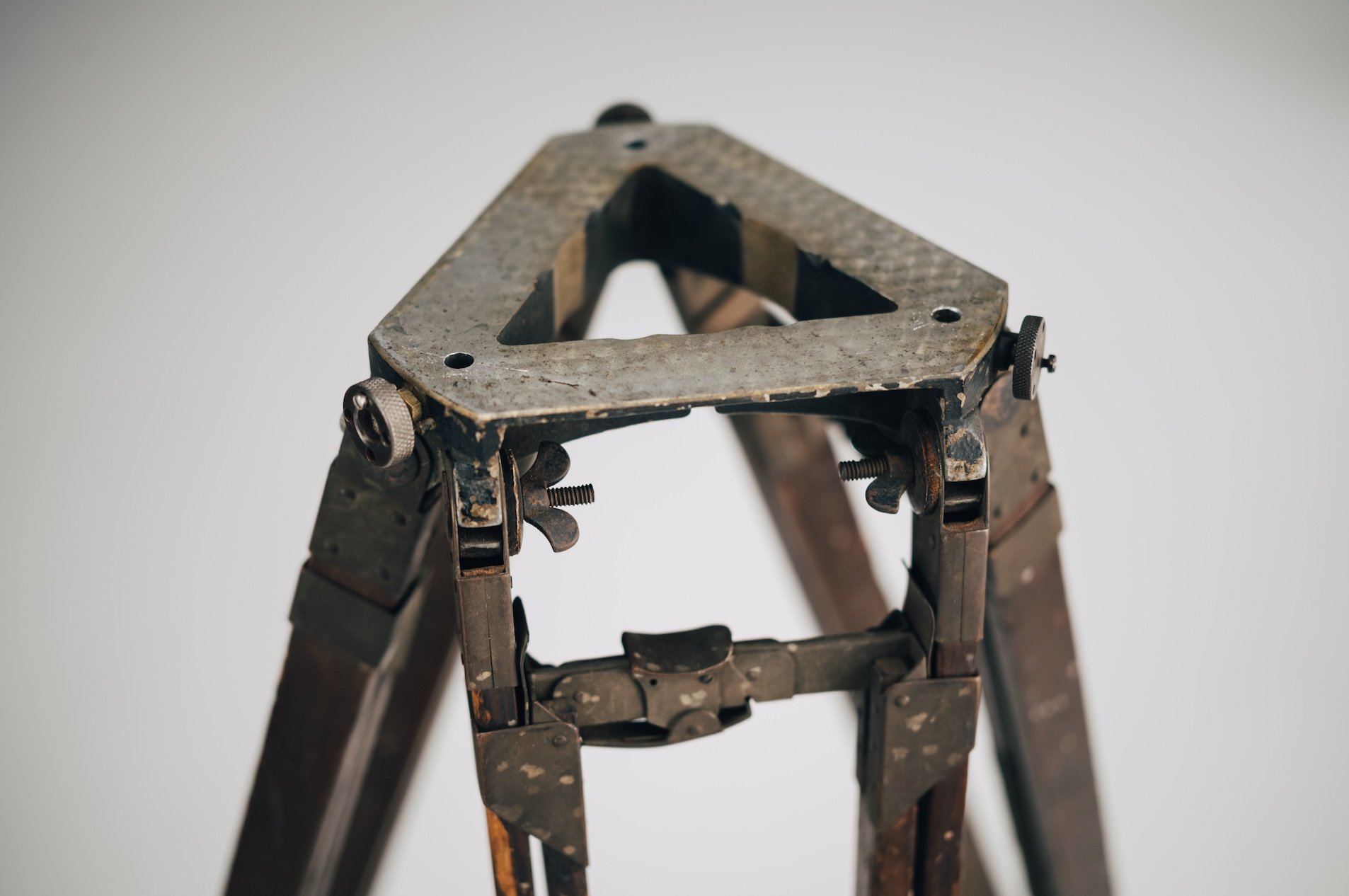
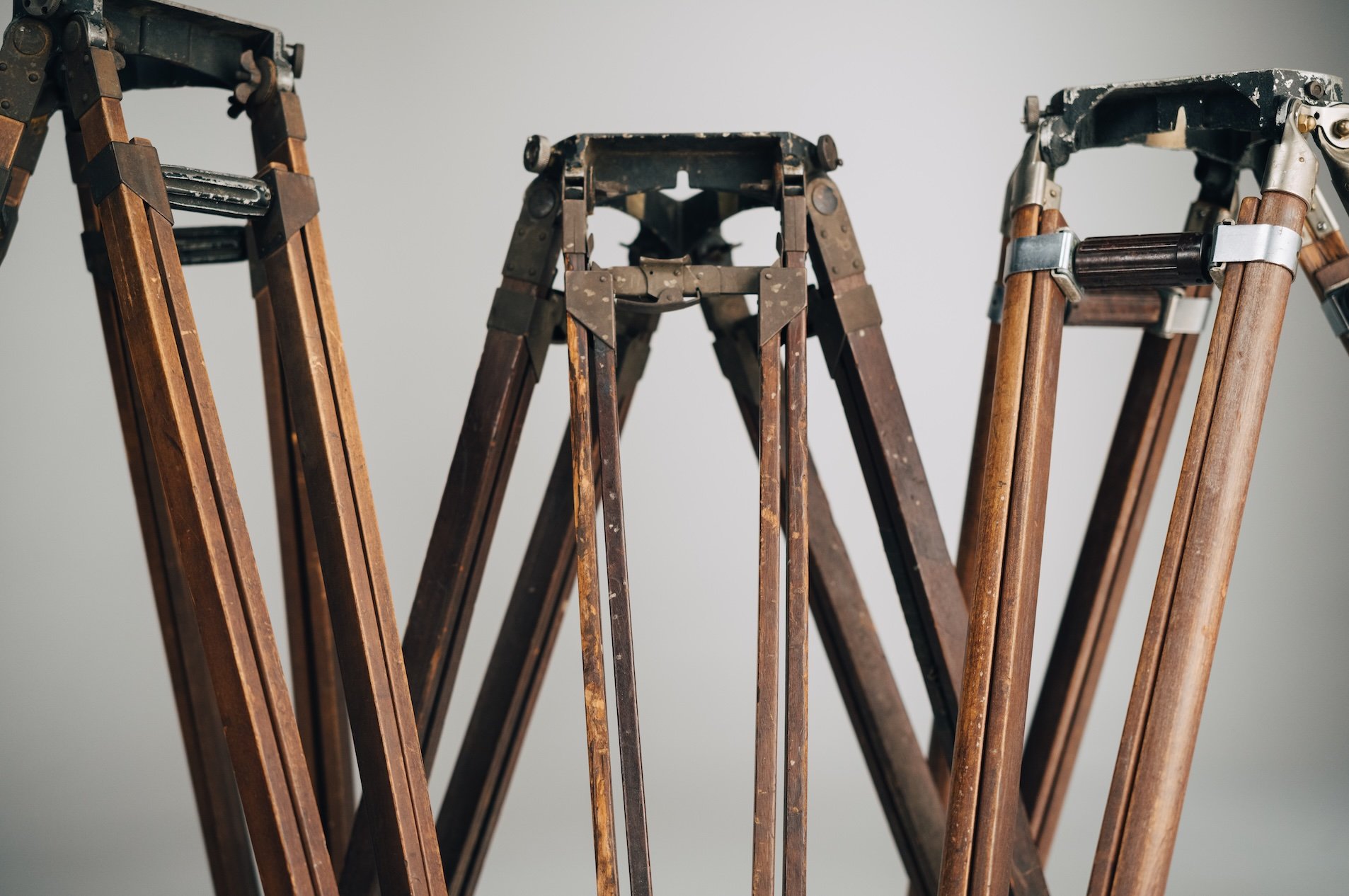
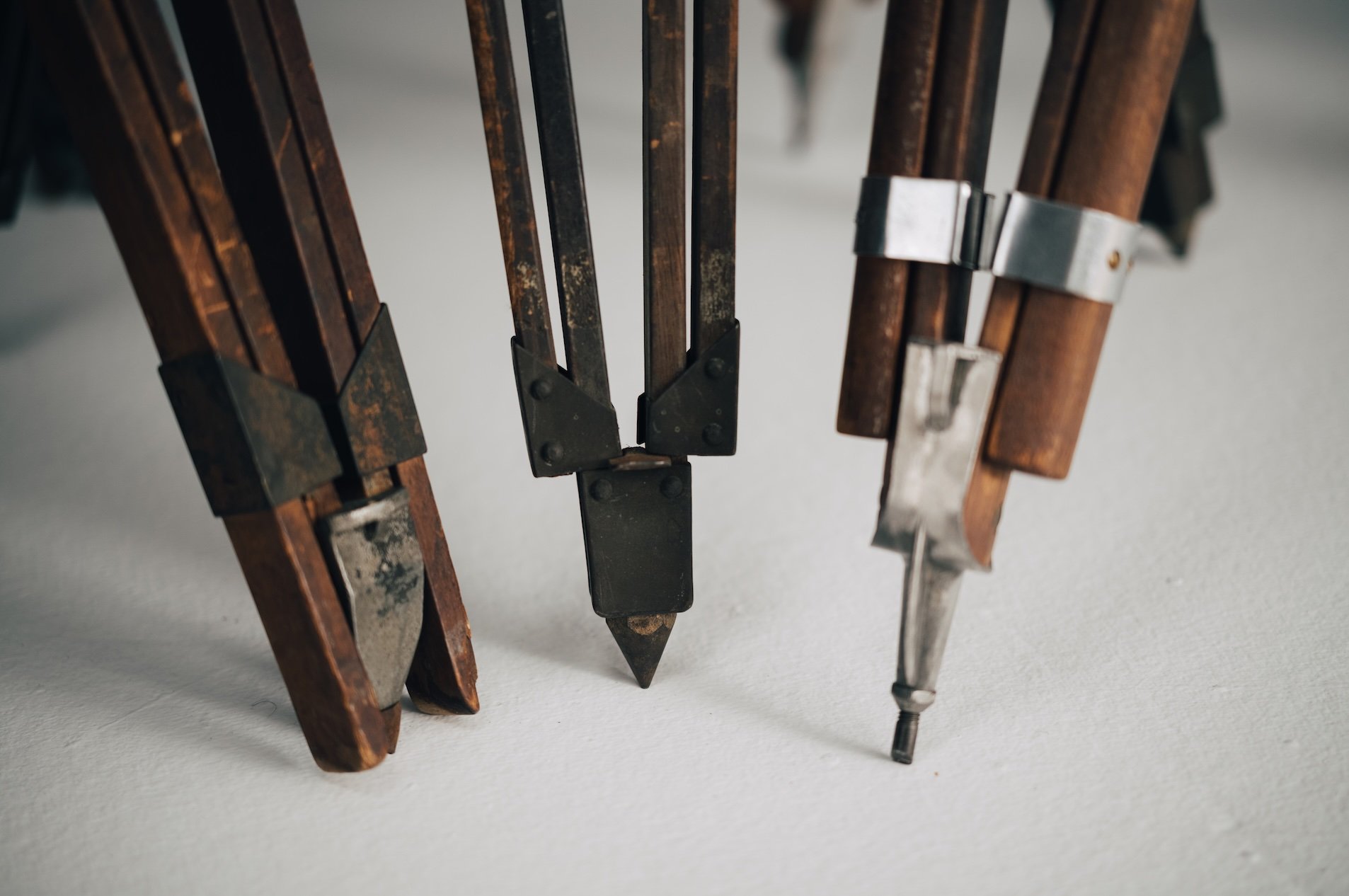
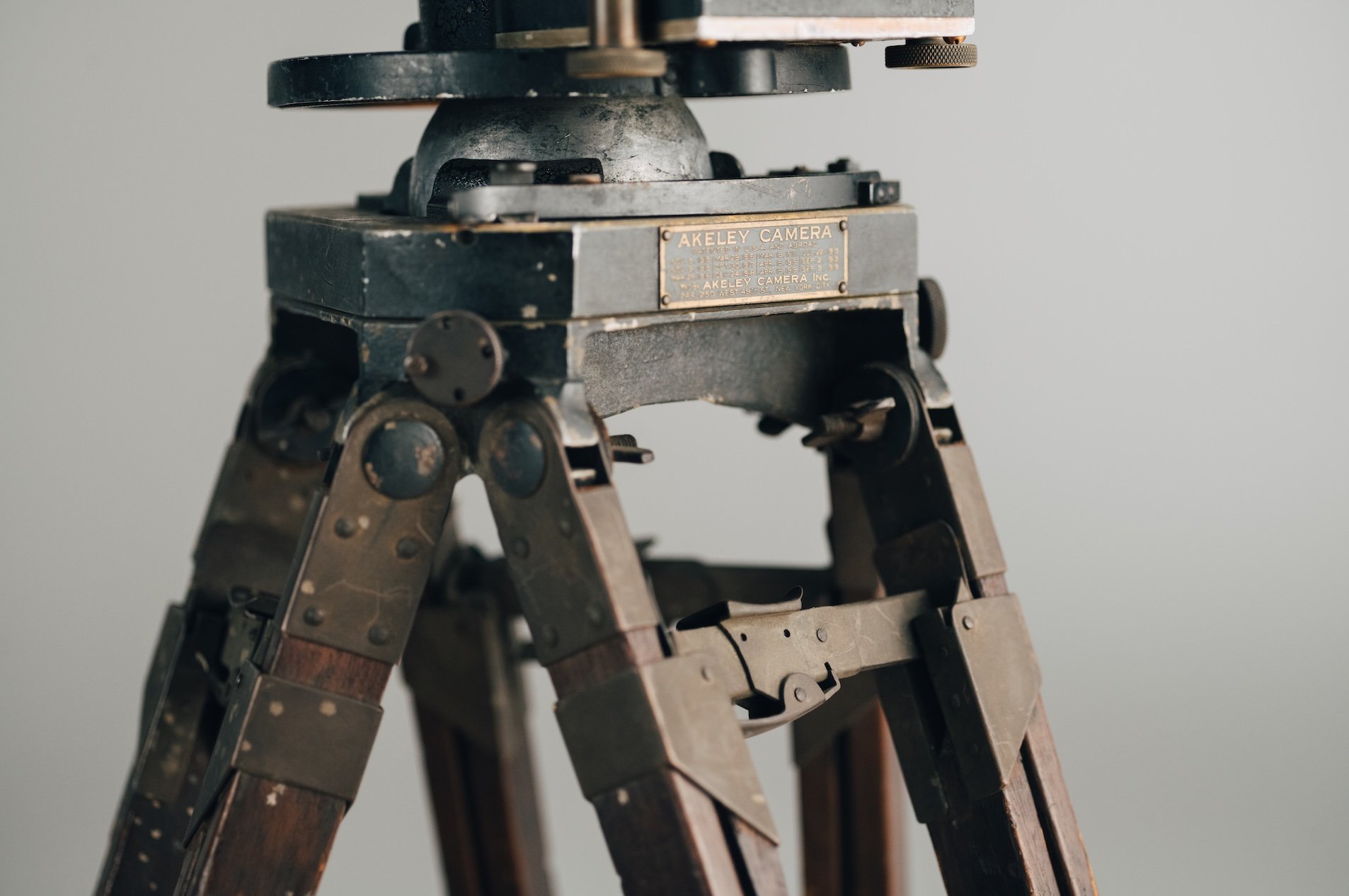
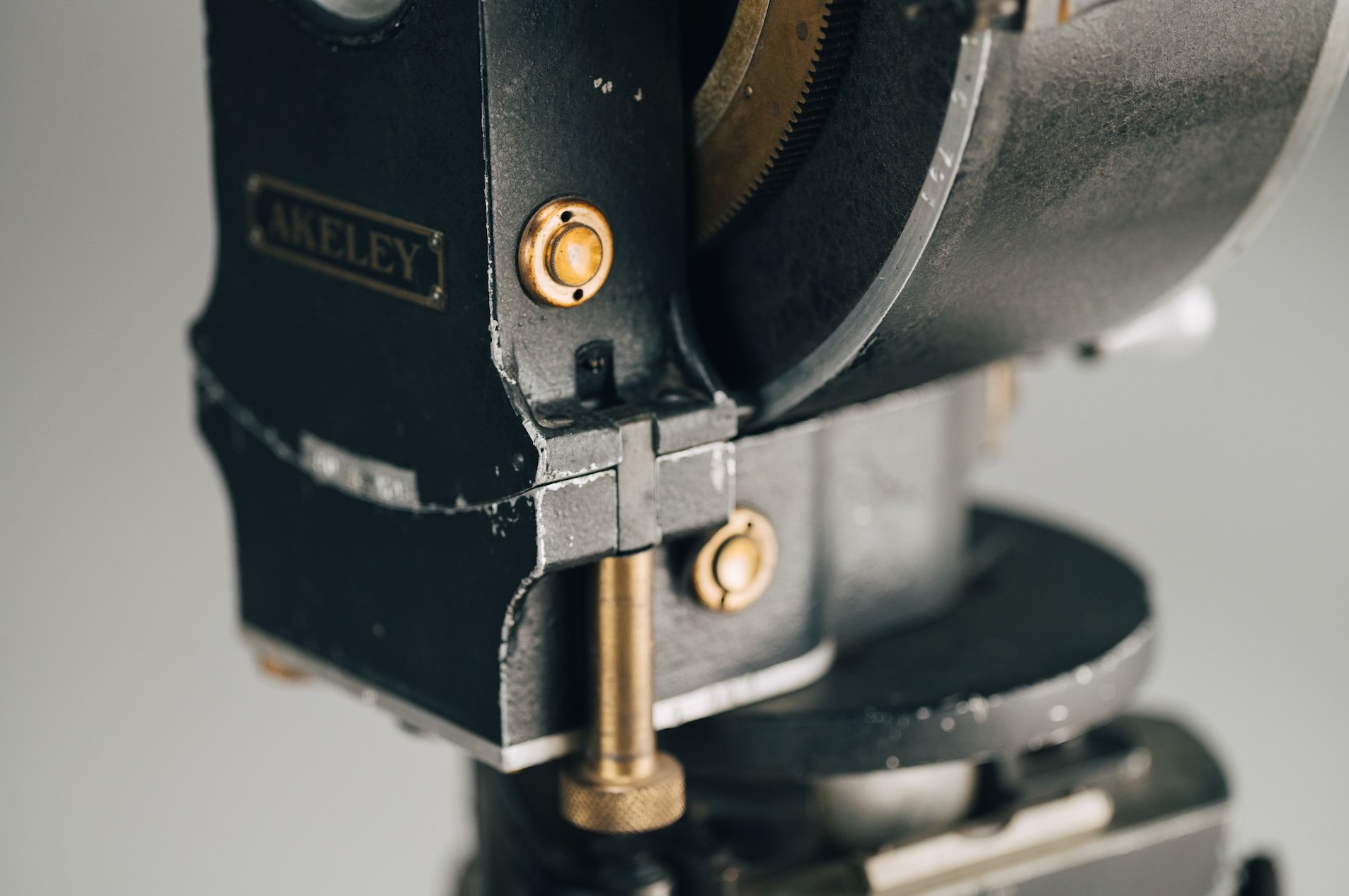

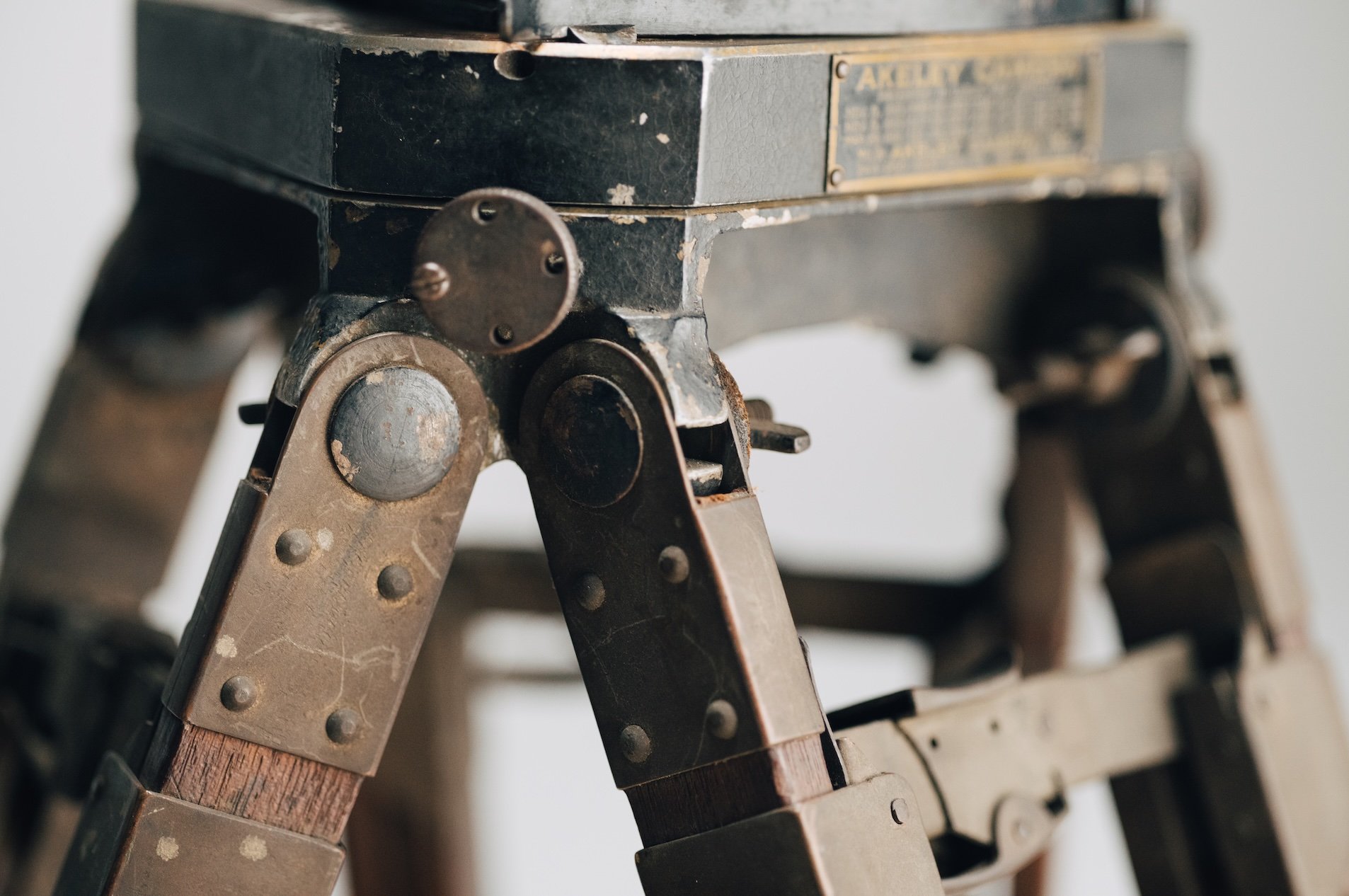
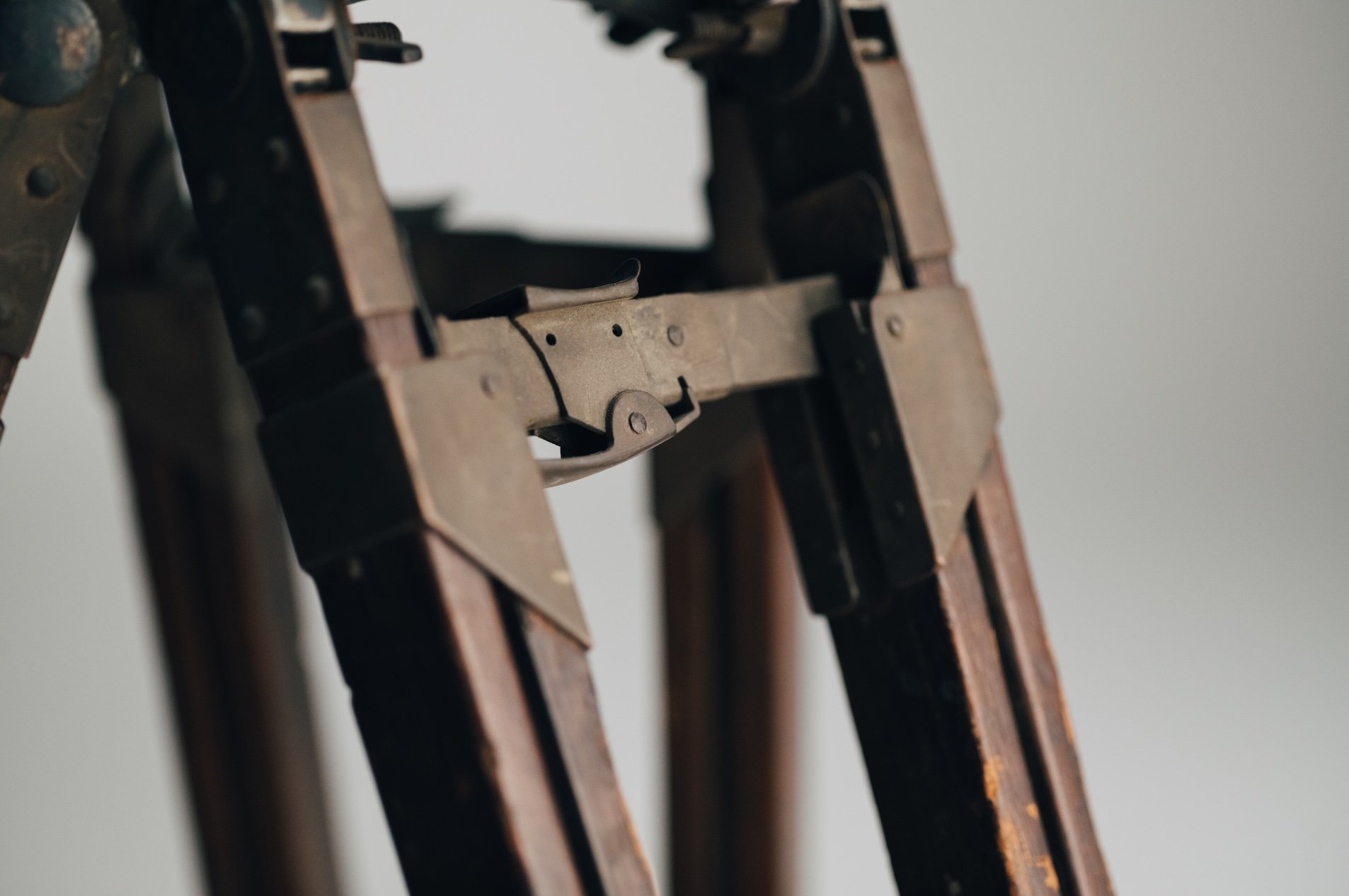

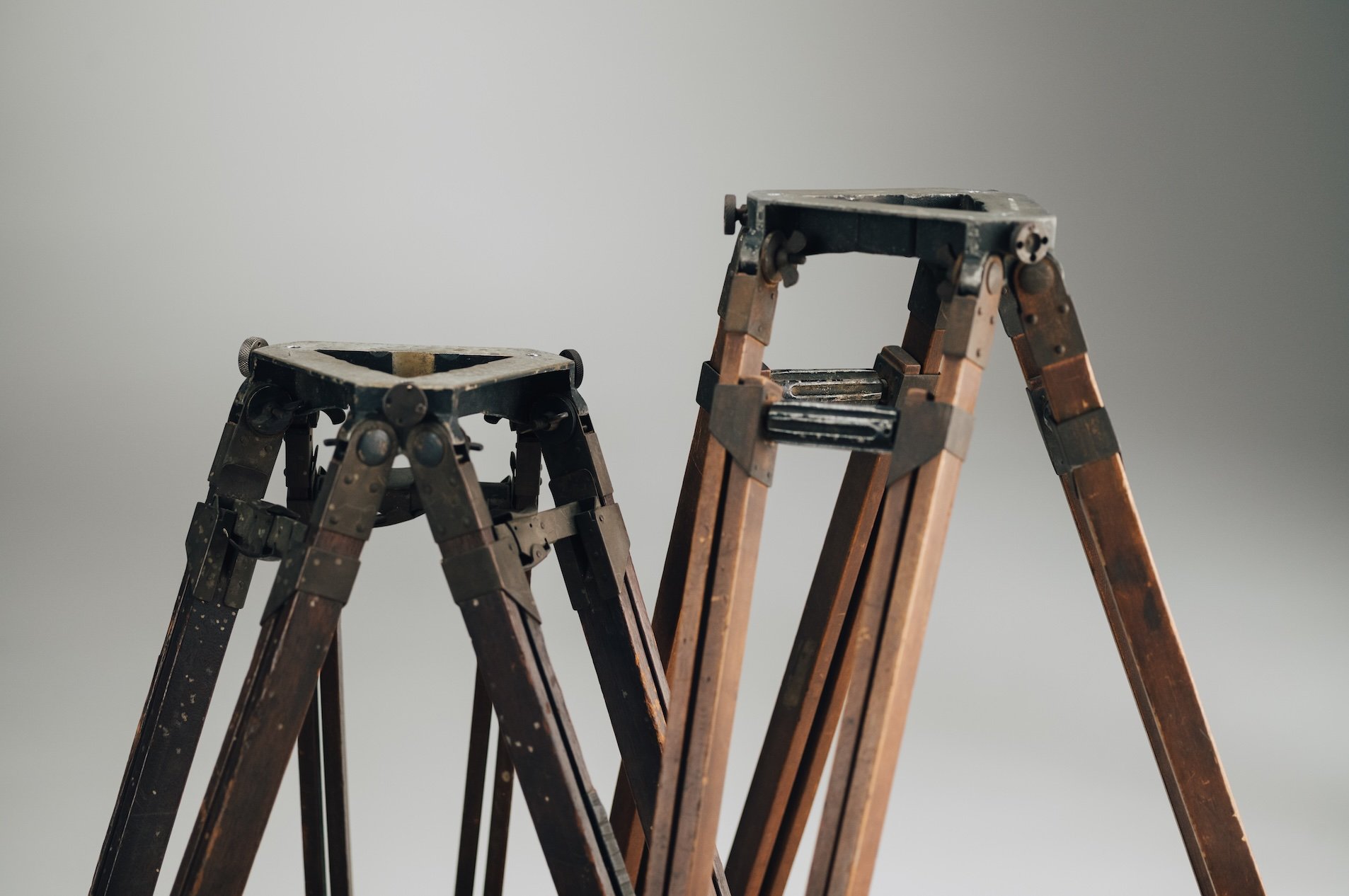


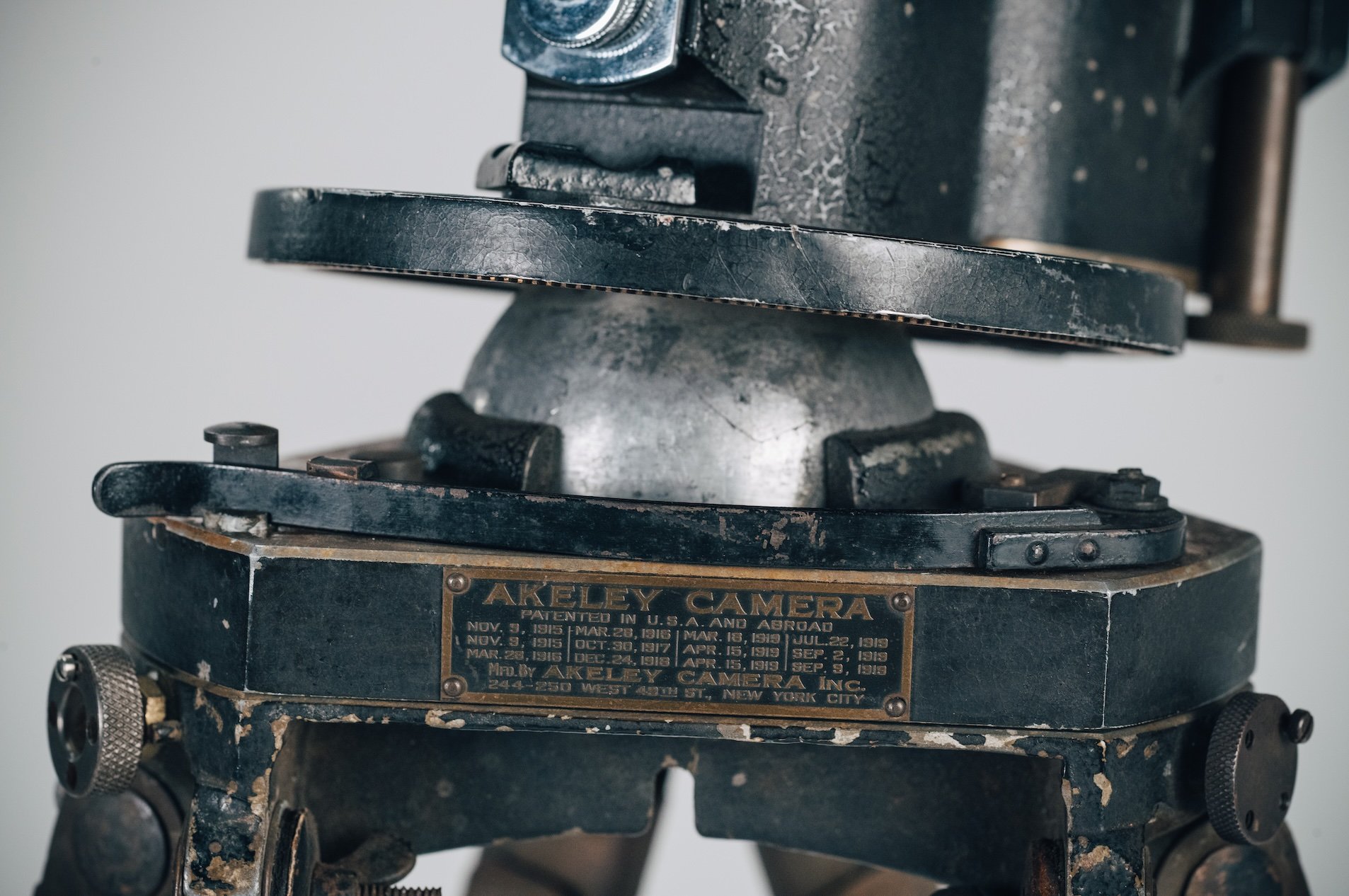
Read more about Carl Akeley and his cameras, the innovative Akeley Pancake and the rare Akeley Junior.
LITERATURE:
Instructions for the Operation and Care of The Akeley Camera [1919]
Akeley, The Camera of Superior Accomplishment [1921]
American Cinematographer [1924-1929]
Carl Akeley's Africa, Mary L. Jobe Akeley [1929]
The Wilderness Lives Again; Carl Akeley and the Great Adventure, Mary L. Jobe Akeley [1940]
Ariel Cinematographic Register, Peter Ariel [1989]
Kingdom Under Glass, Jay Kirk [2010]


